Ernő Rubik was a Hungarian aircraft designer and father of Ernő Rubik, the architect who became famous for his mechanical puzzles.
The OMRE OE-1 was an experimental high performance sailplane designed and built in Hungary during 1950–1951.
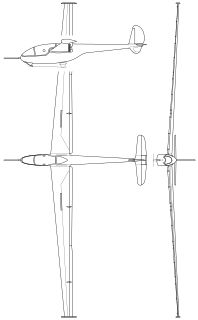
The Győr-2 was a high performance sailplane designed and built at the Aircraft Designer and Builder Group, Aeroclub of the Rolling-stock Factory, Győr in Hungary in the early 1950s.

The Rubik R-18 Kánya is a Hungarian light utility and glider tug aircraft. It was designed by Ernő Rubik, the father of the designer of the Rubik's Cube.

The Rubik R-03 Szittya I was a Hungarian single-seat sailplane flown in the late 1930s. The design was developed through three improving variants. though only one of each was built.

The Rubik R-07a Tücsök (Cicada) and R-07b Vöcsök (Grebe) were two versions of a Hungarian primary trainer, differing most obviously in the pilot's seating. First flown in the late 1930s, about 530 were built, some remaining in service into the 1960s.

The Rubik R-11b Cimbora (Pal) was a Hungarian two seat glider, first flown in 1940 and intended to introduce B-certificated pilots to aero-towing techniques. It proved popular and was also used to train pilots in ridge lift flying and set several national duration records.
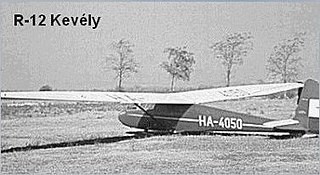
The Rubik R-12 Kevély (Proud) was a Hungarian advanced training glider. It was designed to provide safe cloud-flying experience and also raised the Hungarian height gained record several times. About fifty were built and operated between 1941 and 1951.
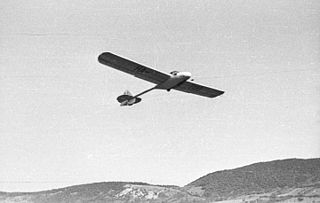
The Rubik R-15 Koma (Godfather) was a side-by-side seat Hungarian training glider designed to introduce pilots to winch-launching techniques. A second, very similar but single seat design, the Rubik R-16 Lepke, provided follow-up solo experience of the same techniques. Pairs were widely used by Hungarian glider clubs post-war, with 65 of each produced.
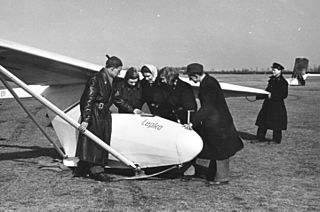
The Rubik R-16 Lepke (Butterfly) was a single seat Hungarian training glider designed to follow the very similar but two seat Rubik R-15 Koma in a winch-launch training programme. The Lepke provided solo experience of the techniques learned with an instructor in an aircraft with similar handling characteristics. That done, the Lepke could be used as a standard trainer to take its pilot to C-certificate level. The pair were widely used by Hungarian glider clubs post-war, with sixty-five of each produced.

The Kemény K-02 Szellő was a Hungarian training glider from the late 1940s. It was originally designed for a national contest to build a primary trainer but when this was won by the Rubik R-16 Lepke it was resigned to have more advanced soaring capability which could take pilots to their Silver C badge. Ninety were produced.

The MSrE M-30 Fergeteg (Storm) was a Hungarian two seat advanced training glider. Originally designed in the early 1940s, its first flight was not made until 1950. Though five variants were developed, only six M-30s were built.
The MSRz Bene was a Hungarian two seat primary glider, first flown in 1952. By this time its competitor had been awarded a serial production order, so only one working Bene was ever completed.
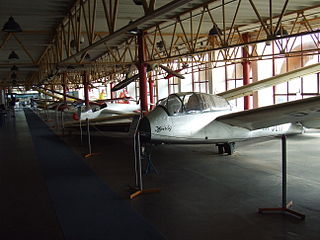
The MRSz Z-03A Ifjúság (Youth) was a Hungarian advanced training glider built in the 1950s, capable of both aerobatic and, with the revised Z-03B, blind flying instruction. They were removed from service in 1960 after fatigue analysis revealed that the fuselage structure at the wing attachment point had only a short life.

The Rubik R-23 Gébics (Shrike) was a Hungarian advanced training glider, the first of a series of metal-framed gliders designed by Ernő Rubik, though only one Gébics was built.
The Rubik R-27 Kópé (Imp), a single-seat trainer, was one of three similar, metal-framed Hungarian gliders. Two prototypes were flown in the early 1960s but the type did not reach production.
This page is based on this
Wikipedia article Text is available under the
CC BY-SA 4.0 license; additional terms may apply.
Images, videos and audio are available under their respective licenses.











